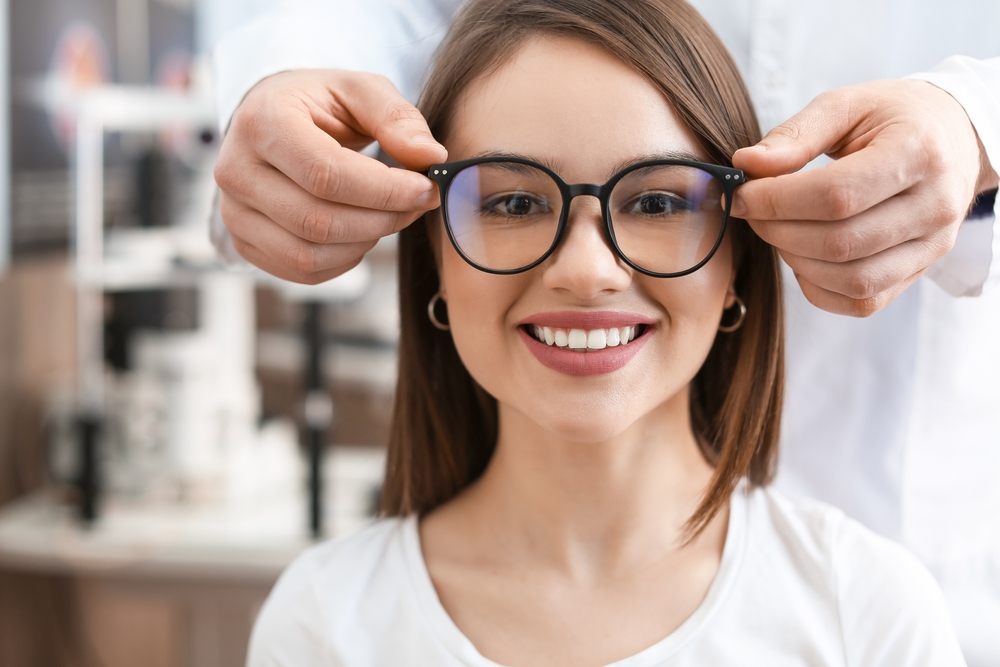
Myopia, also known as nearsightedness, is a common vision condition where close objects appear clearly, but distant objects don't. It occurs when the shape of your eye causes light rays to bend (refract) incorrectly, focusing the images in front of the retina instead of directly on your retina.
The effects of myopia extend beyond blurry distance vision. It's also a risk factor for several eye diseases, including retinal detachment, cataract, glaucoma, and macular degeneration. This makes the management of myopia critical, hence the need for myopia control.
Understanding Myopia Control
Myopia control is a term used to describe specific treatments that slow the progression of myopia. The goal of myopia control is not to cure nearsightedness; rather, it's to slow the speed at which it worsens. By doing so, we can potentially reduce the risk of developing associated eye diseases in the future.
There are several myopia control strategies available today, ranging from specially designed contact lenses and glasses to certain eye drops and lifestyle changes. It's important to remember that what works best will depend on the individual, their lifestyle, and the severity of their myopia.
How Does Myopia Control Work?
Myopia occurs when the eyeball grows too long, causing light to focus in front of the retina. Myopia control methods work by slowing down this excessive eye growth.
Various techniques can achieve this. For instance, certain types of contact lenses and glasses can change the way light is focused in the peripheral vision, which can slow down eye growth. Specific eye drops can also slow down eye growth by affecting the focusing mechanism of the eye.
The Role of Regular Eye Exams in Myopia Control
Regular eye exams play a crucial role in myopia control. They allow for early detection of myopia, which is critical as the earlier myopia control methods are started, the more effective they can be. Regular eye exams also allow for monitoring of myopia progression, which can inform treatment decisions.
Eye exams can also detect other eye conditions that may be associated with myopia, such as cataracts and glaucoma. Early detection of these conditions can lead to early treatment, improving outcomes.
Methods for Myopia Control
Various methods are available for myopia control. These include specially designed glasses and contact lenses, certain eye drops, and lifestyle changes. Let's look at each of these in turn.
Specially designed glasses and contact lenses work by changing the way light is focused in the peripheral vision, slowing down eye growth. Certain eye drops, like atropine, work by affecting the focusing mechanism of the eye, also slowing down eye growth.
Lifestyle changes can also help with myopia control. These include spending more time outdoors and taking regular breaks from near work like reading and screen use.
Choosing the Right Myopia Control Method
Choosing the right myopia control method depends on several factors, including age, the severity of their myopia, and their lifestyle. It's important to discuss these factors with an eye doctor, who can recommend the most suitable method.
Take Steps towards Your Vision Health Today
Myopia control is an essential aspect of vision health. With the rising prevalence of myopia, it's more important than ever to understand what myopia control is and how it works. Regular eye exams are critical for early detection and monitoring of myopia, and there are several effective methods available for myopia control. By taking steps to control myopia, we can potentially reduce the risk of serious eye conditions and improve quality of life.
For more information on myopia control and how it works, contact Drs. Hiura & Hiura Optometrists at our San Francisco, California office. We ensure optimal vision and ocular health for each and every patient. Call (415) 776-2352 to schedule an appointment today.




